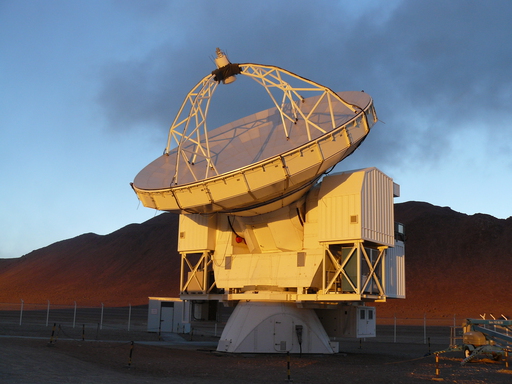|
|
The main theme of my research is to understand galaxy clusters.
I am interested in all possible theoretical and observational aspects
on this subject, including new instrumentation techniques and future
science missions. My work has spanned several interconnected areas of
galaxy cluster research, which itself lies at the crossroads of
astrophysics and cosmology.
- Measuring the Sunyaev-Zel'dovich effect(s) in galaxy clusters: The Sunyaev-Zel'dovich (SZ) effect is a tiny modification in the signal of the Cosmic
Microwave Background (CMB) radiation and observed with radio telescopes in the millimeter/sub-millimeter wavelength (where CMB is bright).
As the CMB photons pass through galaxy clusters on their way to our telescopes, about 1% of them get a kick
from the energetic electrons in the hot ionized intra-cluster medium,
and their energy boost gives us a measurement of the cluster's
matter and energy content. This kick can also be due to other energetic sources of electrons, or even the movement of the clusters in the CMB rest frame, in which cases we get information on some alternative sources of energy in clusters or measure the cosmic velocity fields. In other words, the different flavours of the SZ effect are remarkably useful tools for cosmology and to probe the extreme astrophysics taking place within galaxy clusters.
- SZ/radio observation of cluster shocks:
Shocks created by galaxy cluster mergers are the largest known coherent shock features known in the universe, reaching up to millions of light years in length. They are a crucial agent in regulating the hot intra-cluster plasma and producing cosmic rays. The study of these shocks were mostly made possible by the space-based X-ray observatory Chandra, but now SZ observations (particularly from ALMA) are opening up a new window for their analysis. Comparing the radio and SZ results of peripheral shocks known as radio relics is an exciting topic with much future potential.
- Radio halos in galaxy clusters:
The giant radio halos in galaxy clusters are a mystery: they show that
there are extremely high energy particles present inside cluster
volumes, yet we are not able to clearly explain their origin. This is a
fascinating new topic with high discovery potential thanks to the powerful
radio telescopes coming up now and within the next decade. My work on this subject
is focused on finding out exactly how many of these radio halos are
there in the sky, and how they relate to the other common cluster
properties.This is another highly interesting "developing story", as we're gathering and
analyzing a lot of new radio data from the finest telescopes.
- The APEX-SZ Experiement: A significant fraction of my research career has been devoted to the APEX-SZ experiment, which is built around the SZ data collected from a bolometer
camera mounted on the APEX
telescope in Chile during 2007-2010. I have been involved in all the major aspects of
this experiment: Source selection, observation,
data
reduction and the scientific analysis. The project now spans multiple X-ray and optical
observations as well, and many exciting new results are yet to come.
- New observational windows: I
am constantly in the lookout for finding new methods to probe the
physics of the intra-cluster medium, and currently working on
prospective science using low frequency radio scattering and very
high-energy X-ray emissions. Stay tuned!
|


